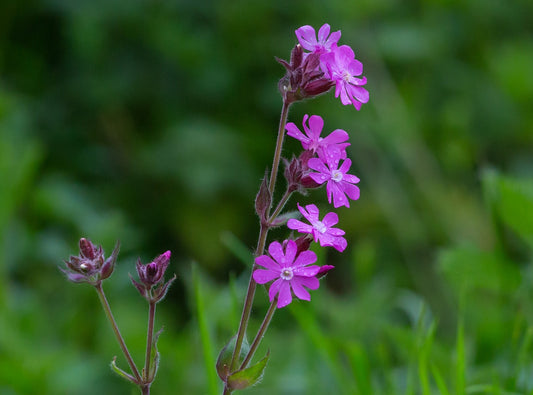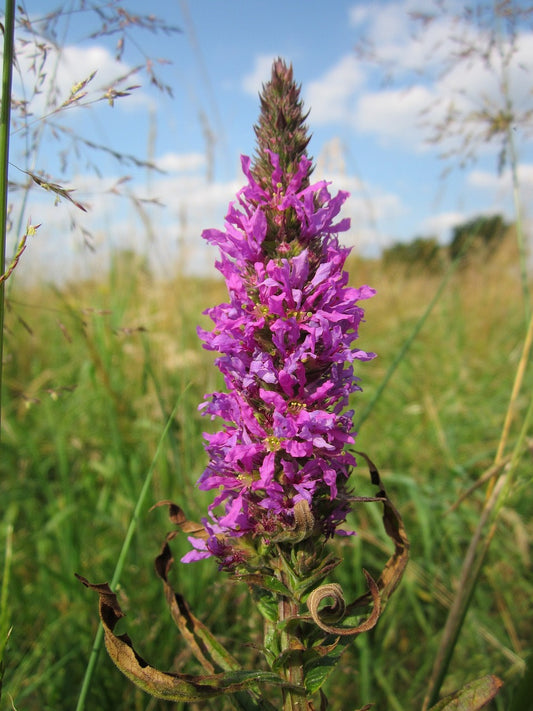
Essential Guide to Planting and Growing Chicory for a Healthy and Vibrant Garden
A Complete Guide to Planting Chicory for a Thriving Garden
Chicory is a versatile and attractive plant known for its vibrant blue flowers and nutritional benefits. Ideal for both ornamental and edible gardens, Chicory is easy to grow and offers a range of uses from salads to herbal remedies. This guide will walk you through everything you need to know to successfully plant and care for Chicory.
What is Chicory?
Chicory (Cichorium intybus) is a perennial herbaceous plant that features striking blue flowers and a rosette of lance-shaped leaves. It is widely used both for its edible leaves, which can be used in salads, and its roots, which can be roasted and used as a coffee substitute. Chicory is valued for its medicinal properties and ability to improve soil quality as a green manure.
Benefits of Growing Chicory
1. Nutritional Value: Chicory leaves are rich in vitamins A and C, calcium, and iron.
2. Soil Improvement: As a green manure, Chicory helps improve soil structure and adds organic matter.
3. Aesthetic Appeal: The vibrant blue flowers of Chicory add a splash of colour to any garden.
When to Plant Chicory
The best time to sow Chicory is in early spring or late summer. Sow seeds directly into the soil after the last frost or in late summer to allow the plants to establish before winter.
Choosing the Right Location for Chicory
Chicory thrives in full sun but can tolerate partial shade. It prefers well-drained soil with a pH between 6.0 and 7.0. Ensure the site has good air circulation to prevent fungal diseases.
Preparing the Soil for Chicory
1. Soil Preparation: Loosen the soil to a depth of 20-30 cm (8-12 inches) and mix in compost or well-rotted manure to improve fertility and drainage.
2. Soil pH: Test the soil pH and amend as needed to achieve a neutral to slightly alkaline soil.
How to Sow Chicory Seeds
1. Direct Sowing: Scatter Chicory seeds evenly over the soil and lightly rake them in. Cover with a thin layer of soil or compost.
2. Seed Depth: Sow seeds about 1 cm (0.5 inches) deep and ensure good seed-to-soil contact for better germination.
Caring for Chicory
1. Watering: Keep the soil consistently moist but not waterlogged. Chicory prefers regular watering, especially during dry periods.
2. Weeding: Regularly remove weeds around Chicory to prevent competition for nutrients and water.
Harvesting and Using Chicory
1. Leaf Harvest: Harvest Chicory leaves when they are young and tender. Older leaves can be bitter but are still edible.
2. Root Harvest: For root use, harvest Chicory in autumn. Wash and roast the roots for a coffee substitute or culinary use.
Companion Plants for Chicory
Chicory pairs well with other herbs and vegetables such as mint, lettuce, and carrots. These combinations can enhance garden biodiversity and productivity.
Conclusion
Planting Chicory can bring numerous benefits to your garden, from its culinary uses to its role in improving soil health. By following this guide, you can ensure a successful planting and enjoy the many advantages Chicory has to offer.




